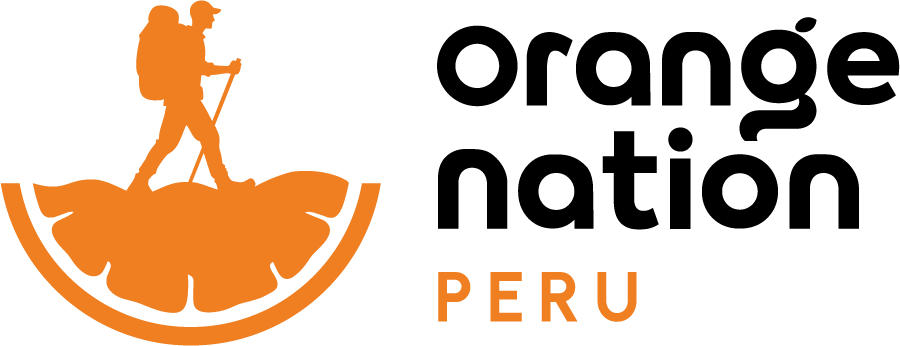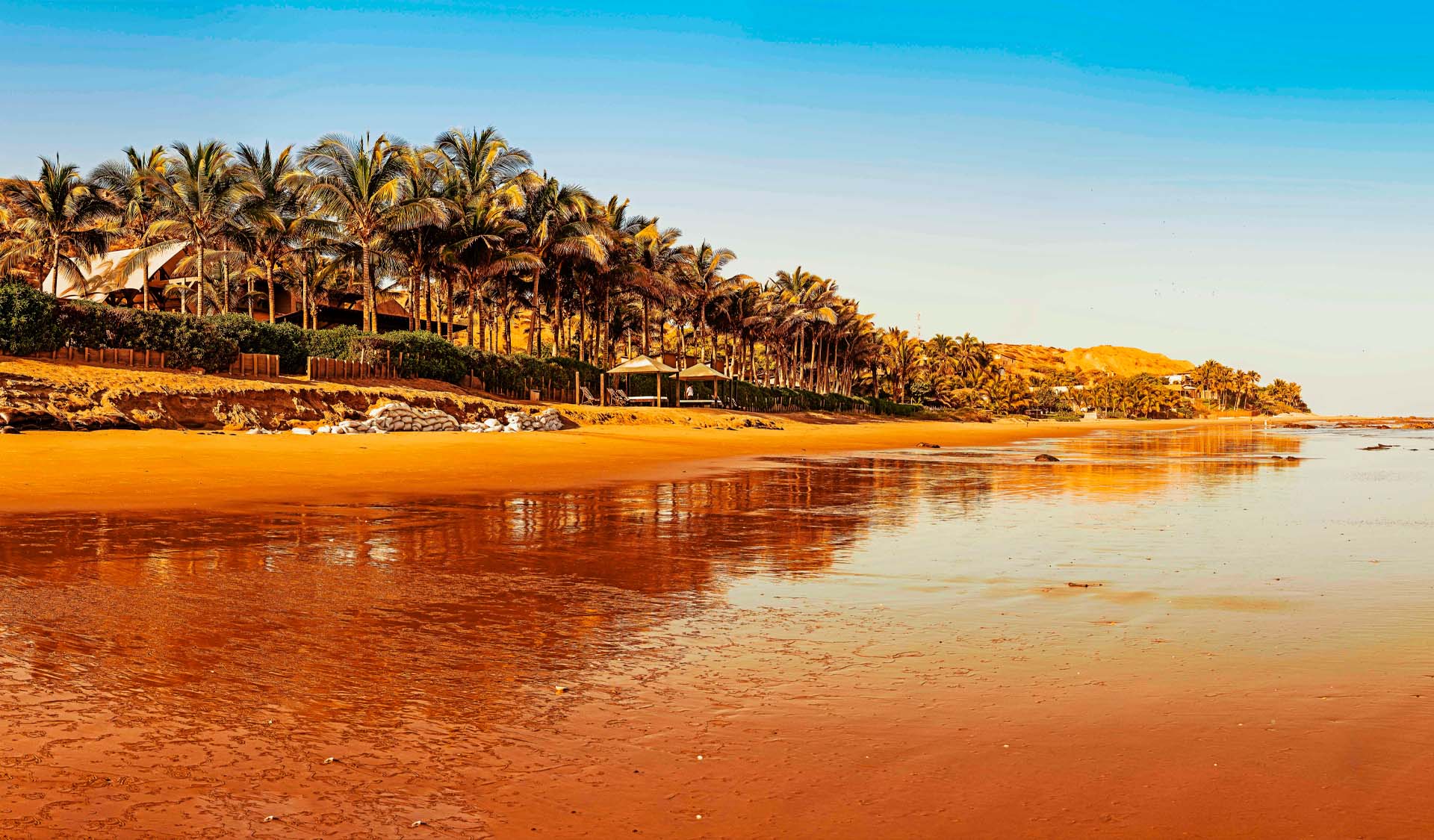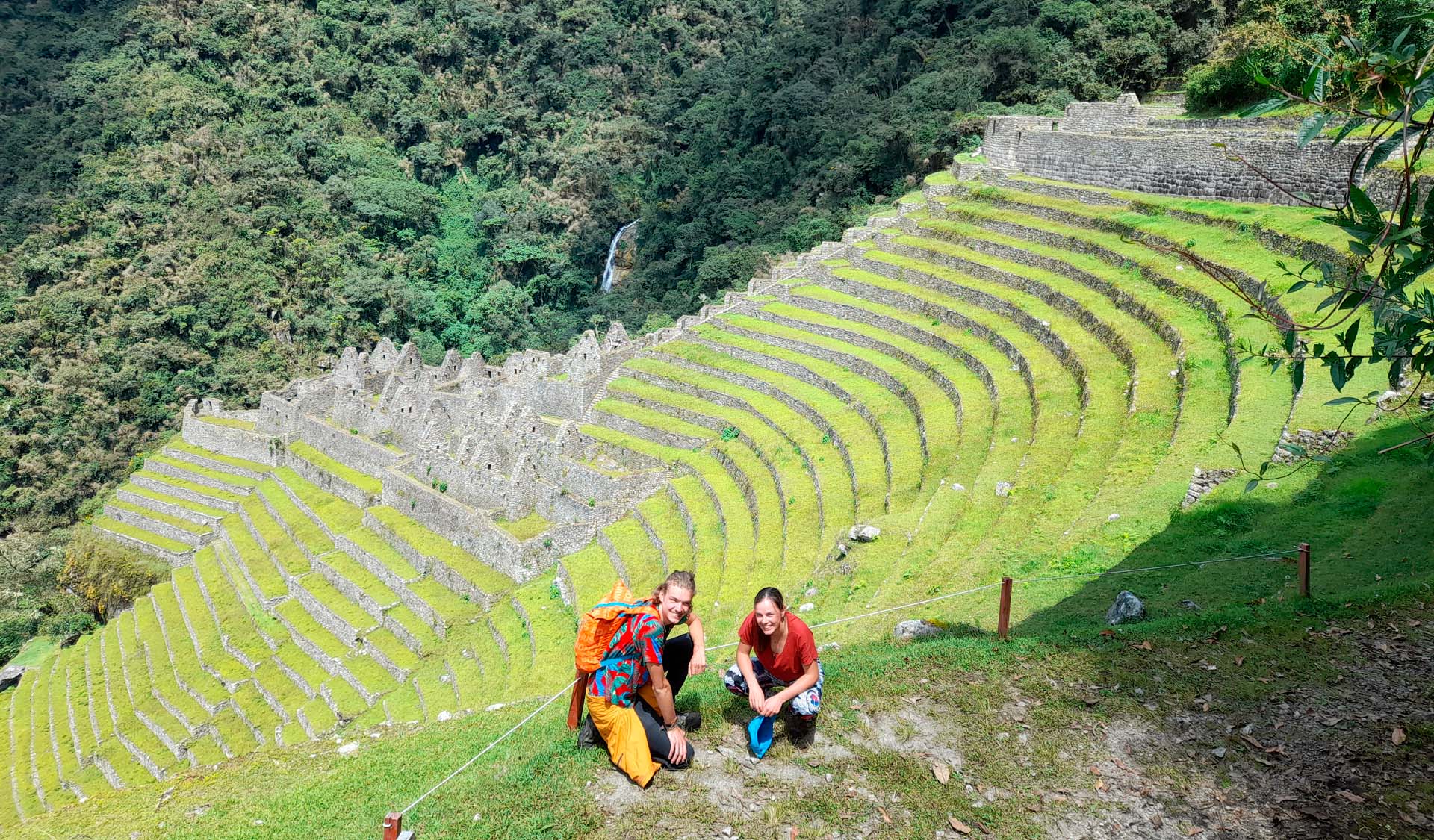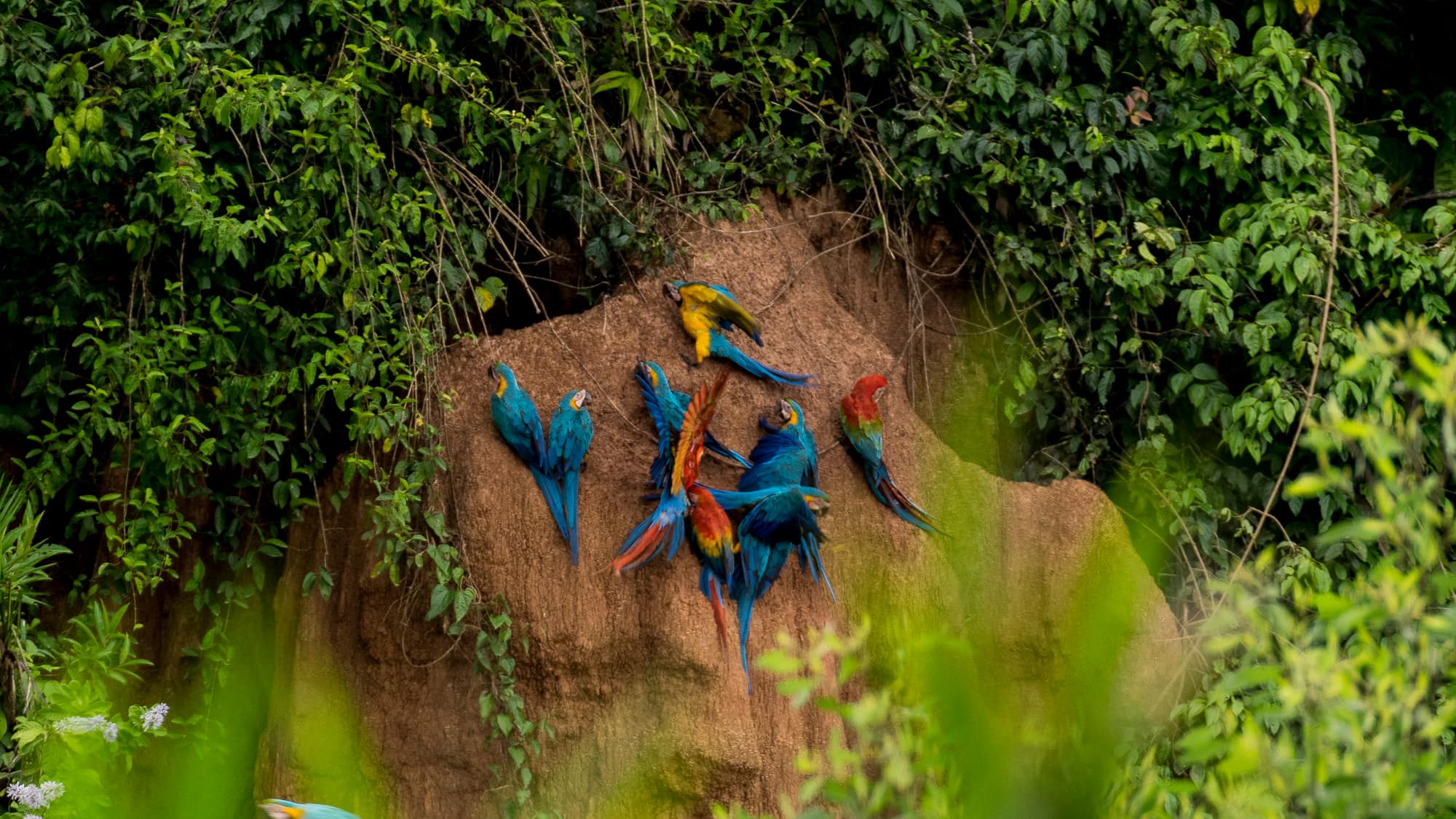Lake Titicaca: Your Complete Travel Guide
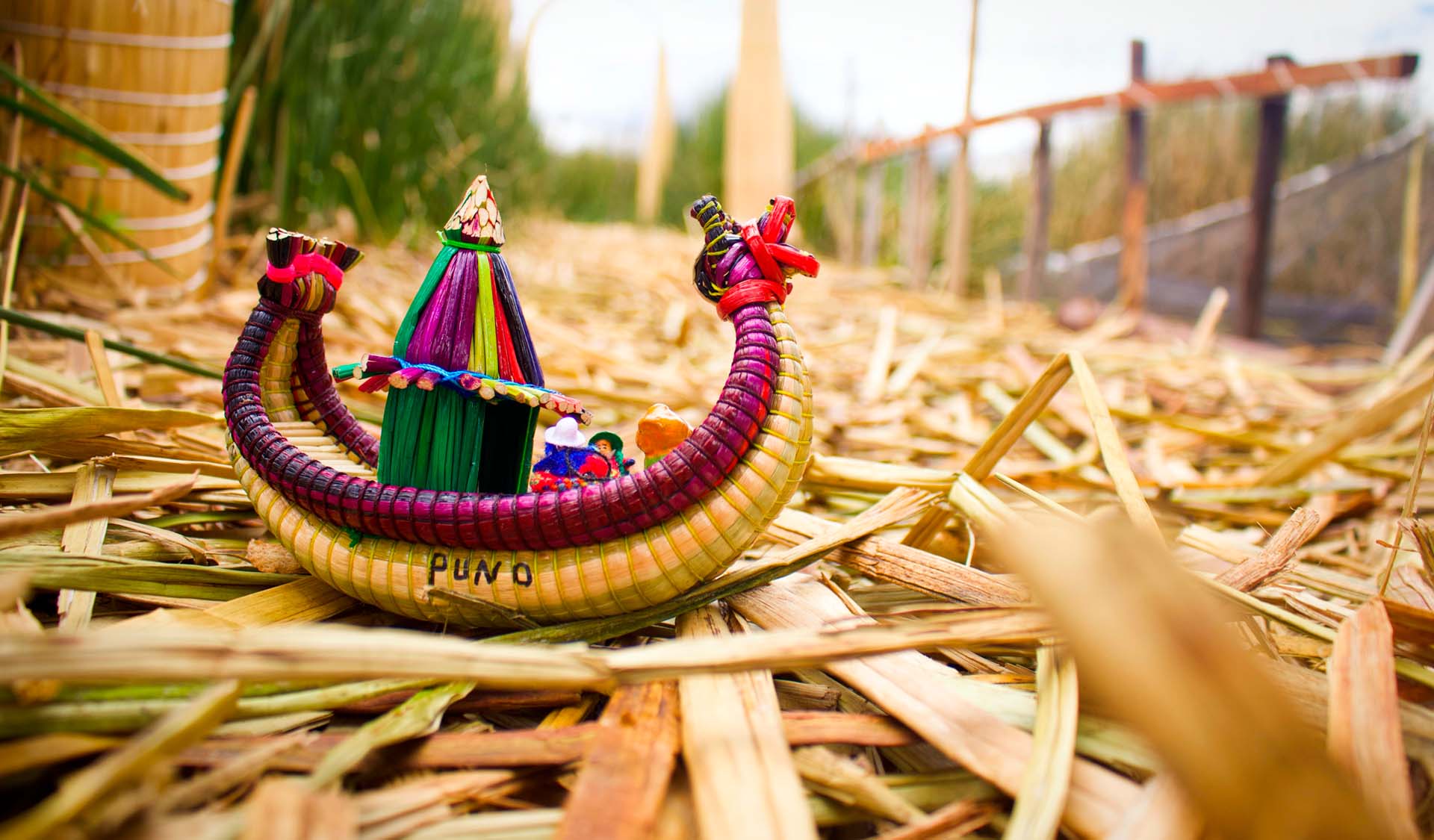
What can you do at Lake Titicaca?
Lake Titicaca is a fresh water lake located between Bolivia and Peru. It has a surface elevation of 3, 812m/ 12 507ft, and is arguably the highest navigable lake in the world. The communities of Copacabana Bolivia and Puno Peru are connected by this lake and have many customs and traditions in common. The lake comprises of 41 islands, some of which are densely populated. Locals regard it as a sacred living being and believe in its profound spiritual significance. Find out A Travel Guide for Lake Titicaca and the island.
It has more than 530 aquatic species, the most noteworthy being the threatened Titicaca Water Frog, which is currently the biggest exclusively aquatic frog in the world. Unfortunately, like most aquatic frogs, they are now under threat of extinction predominantly because of human consumption, the continuous encroachment into their habitat and pollution in Lake Titicaca. The locals have been consuming them for generations because they believe these frogs have a variety curative properties. Although both the Peruvian and Bolivian government have ramped up efforts to protect the species, unfortunately, their numbers continue to dwindle. We can only hope they continue to restrict the illegal trade and sale of the Titicaca Water frog which will hopefully save this unique species from extinction.
Puno and Lake Titicaca is popular with tourist because of its rich experiential tourism. When traveling to Puno, you have the pleasure of staying in one of the islands and experiencing the day to day life of the locals first hand. What makes this experience special is that the island residents still maintain a very unique and traditional way of life. Islands that people visit most include Uros Islands “The floating Islands”, Amantani Island and Taquile Island. We highly recommend doing a homestay during your stay in Puno.
How many days should you spend at Lake Titicaca?
Ideally the perfect length of an enjoyable and stress free journey in the region is 2 or 3 days. The longer your stay the better chances you have to enjoy authentic connections with local culture. Of course, if you are short on time there are many great options for one to two day trips where you will have an interesting and memorable visit!
What are best things to do in the city of Puno?
Puno is the largest city on Lake Titicaca. It’s a regional trading hub, and is also considered the capital of Peru’s folklore. You can always expect traditional festivals with dance and music that depict the strong folkloric culture of the region, year round. Below we list seldom visited places of interest around Puno, besides the islands.
- Sullustani Tombs : These tombs are located in the town of Molloca. Clearly evident is the fusion of archeological remains of the two different cultures that settled here, namely the Lupaca and Inca culture. You will find the burial sites with chullpas. Chullpas are ancient funeral towers. The tombs radiate a mystical energy and each towers´ design represents the culture and construction style of the people buried there. The tombs are surrounded by the picturesque Umayo lagoon.
- Chucuito/ Inca Uyo or Temple of fertility : Since ancient times people have believed that the temple of fertility has the ability to cure infertility in women by performing a magical ritual. There are 8 stones inside the site that are shaped like the male genitalia. They all come in different sizes.
- Portal de Aramu Muru : A historical-mythological site that sparks a sense of curiosity and radiates spiritual vibrations. The portal Aramu Muro has a square shape, is 7m on each side and is carved into the rock. According to legends, the priest Aramu Muru entered the depths of the earth by passing through the portal. Many individuals travel here to meditate or do spiritual yoga.
- Juli : Juli is a small beach town an hour from Puno. On arrival, you visit the cathedral, the main square of the Rome of America or head down to the beach. The beach offers a few adventure sports like kayaking, ATVs and jet skis.
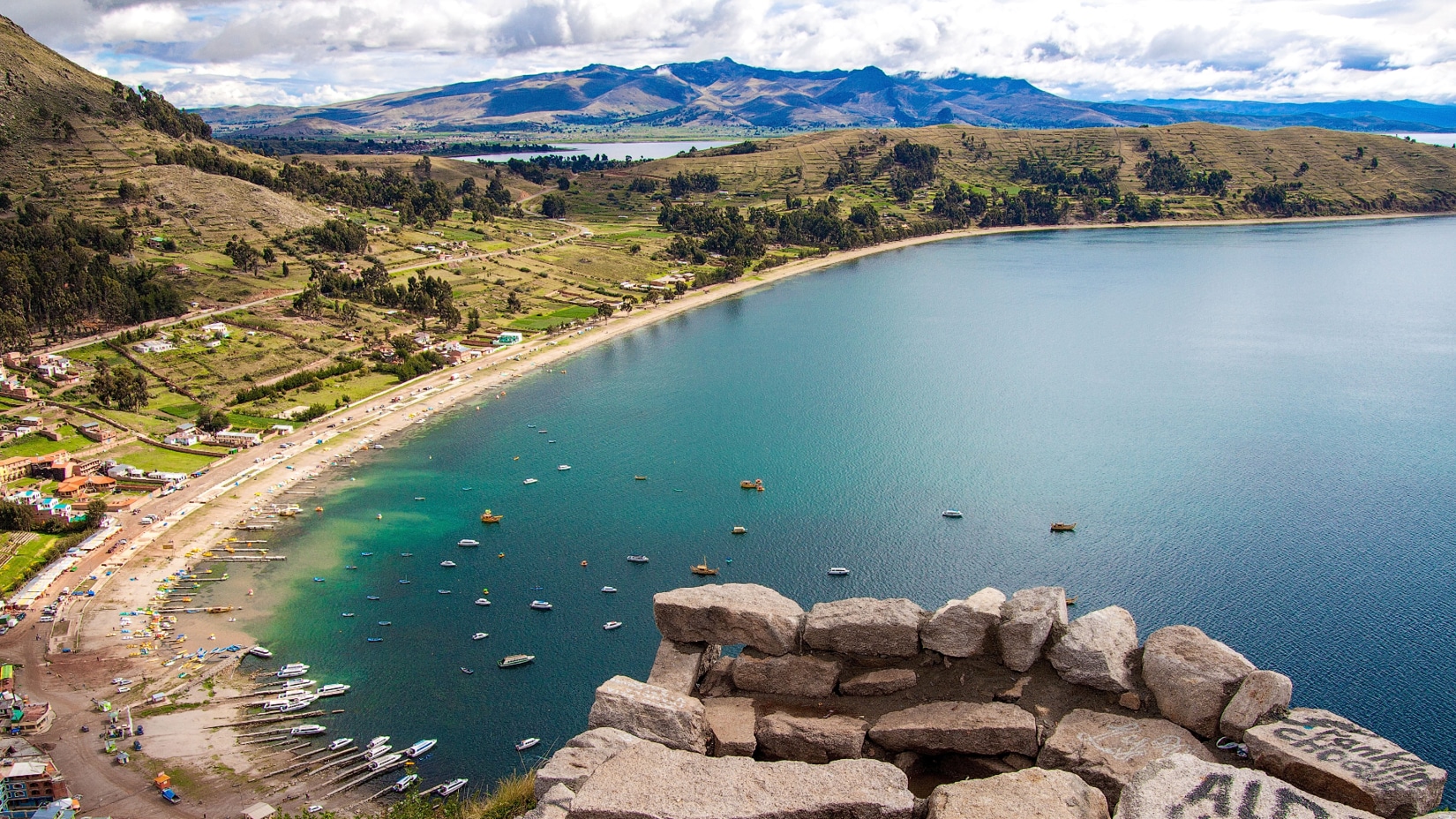
Best food to try in the region:
Trust us here, you cannot go to Puno and not try Thimphu. Trout Thimphu is a simple fish dish that’s been prepared with fresh ingredients, that are grown and farmed in the area. What makes this dish so good is the simple way in which it is prepared and how they ensure the ingredients retain their natural flavor and nutrients after cooking. The fish is slightly boiled and served with potatoes and a succulent broth. Of course its important to remember that how good any dish is , is highly dependent on the cook.
The highlands of Lake Titicaca are the home of small farms who produce mainly potatoes, fava beans, and Andean grains such as quinoa and amaranth. The local farmers also raise herds of sheep, llamas and alpacas. Therefore, other signature meals in Puno include quinoa in different varieties, one is “pesque de quinoa” (a quinoa puré served with alpaca steak) or mazamorra de quinoa (a porridge of quinoa). Another favorite is the Quinoa soup accompanied with beans, small potatoes, pieces of pumpkin and seasoned with local herbs like muña (a sort of Andean mint). The kankacho (baked lamb marinated with pepper and Andean herbs) and chicarron de alpaca (fried alpaca meat) also come highly recommended.
Tip: We highly recommend eating lightly at night. Puno is at very high elevations, its 3 830m/ 12 556ft above sea level. Your body digests much slower at high altitudes and heavy meals can impact the body´s ability to adjust to the altitude.
What is Lake Titicaca famous for?
Primarily, Lake Titicaca is famous throughout Peru for the spectacular festival of the Virgen de la Candelaria, held in the streets of Puno in February. The festival is hosted over the course of two weeks. Its an epic party that’s full of color, masks, costumes, bells and scores of groups narrating folklore through dance and music. The festival starts on February 2nd, with the main parade on the 09th of February. The festivities end with a grand feast in the cemeteries in order to celebrate the dead. If you find yourself in Peru around this time, Virgen de la Candelaria is a definite must see.
Of course, no trip to Lake Titicaca would be complete without a visit to its famous islands. Its extraordinary island population will transport you to a very unique and transcendental way of life. You will find the residents either speaking Quechua or Aymara, two of the biggest tribes in Peru. Also, experience how they have protected and maintained their ancient customs and way of life. Scattered around the islands are exceptional archeological delights, with numerous ancient ruins dating back to Pre-Inca civilizations. The ultimate highlight is in the magical sunsets that you can indulge in on the hilltops of its secluded islands.
We recommend trying out a Homestay whilst visiting the islands. The way to fully immerse yourself in the day-to-day life of the islanders. Homestays offer nothing but humble dwellings, but the experience is enriching.
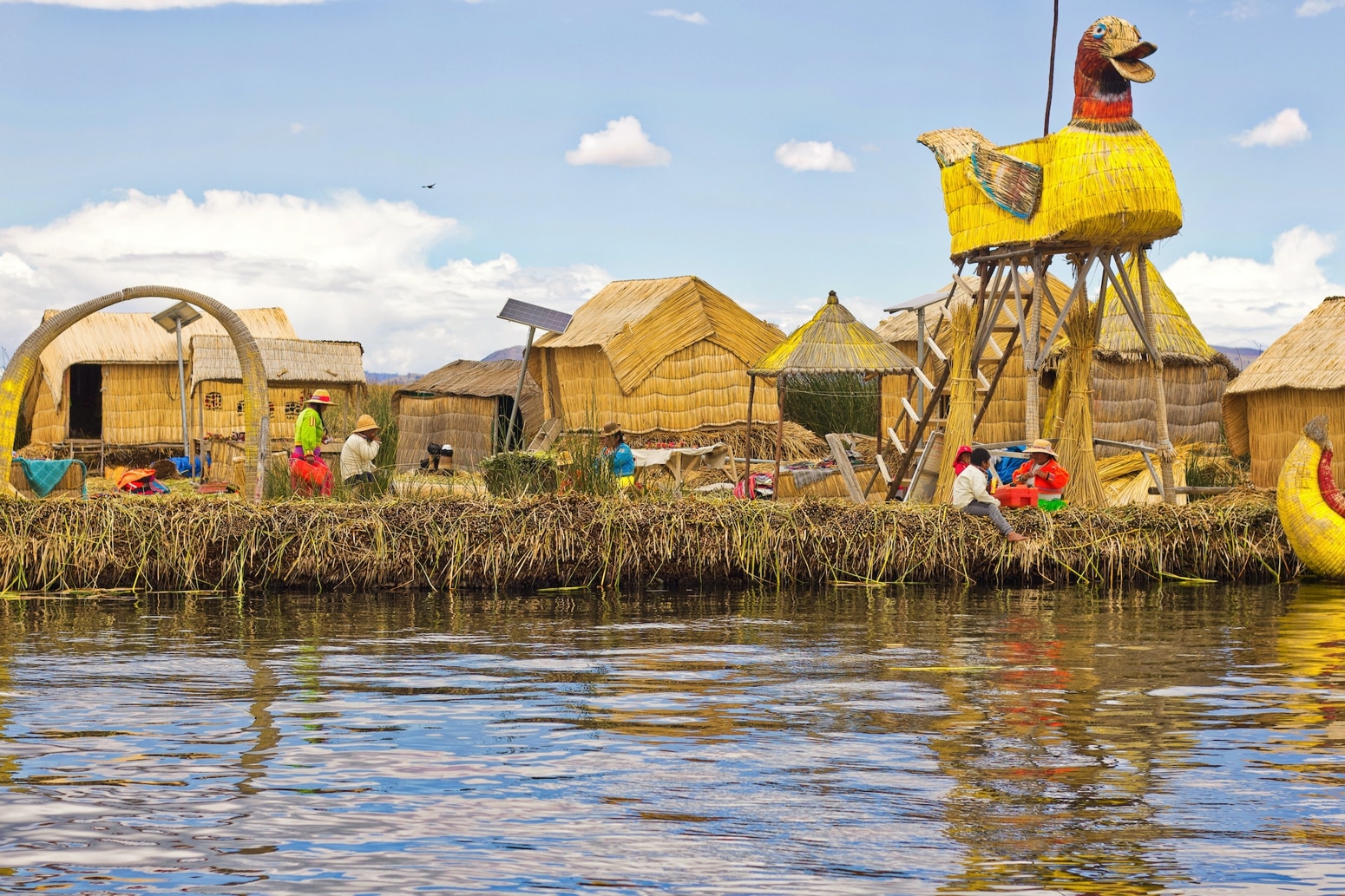
Lake Titicaca Islands
There’s no denying that the cultural makeup of Lake Titicaca is a layered one, and uncovering the differences and similarities between the island communities is part of the fun. These are some of the best islands to visit in Lake Titicaca.
Uros Islands, Peru
These are known as floating islands, because as the name states they float on the waters of the Lake. The Uros people migrated to the islands in the Pre-Colombian era from the Amazon. On arrival, they created their own man-made islands using layers of cut totora reeds. Totora is an aquatic grass like plant called a sedge. The locals harvest their own totora and periodically add more layers to their floating island homes. It is estimated that there are about 60 artificial islands floating in the lake, each island belonging to a single family. Today resident families welcome travelers to their floating homes. The Uros Islands are more touristy than other Lake Titicaca islands, but this doesn’t mean they aren’t worth visiting.
During your stay, locals explain the regular upkeep their reed homes require and show you how they weave the reeds together to build their thatched homes, furniture, and canoe-style boats. You can expect hot water showers, electricity and flushing toilets in some homes.
Taquile Island, Peru
Colorful traditional clothing is usually the first cultural aspect that catches your eyes. But did you know the dress style varies from island to island? On Taquile Island, you can tell a man’s marital status, not by a ring on his finger, but the type of hat on his head!
In 2005, Taquile and its textile art were declared an oral and intangible heritage of humanity by UNESCO. Both men and women take part in this ancient tradition, using hand needles and looms to weave cultural significance – indicated by different designs and colors – into each garment. The most fascinating thing about this culture is that men are the natural weavers in the community and weave garments to woo a potential partner or for their wives regularly.
Amantani Island, Peru
Of all the inhabited islands on the Peruvian side of Lake Titicaca, Amantani is often regarded as the most authentic and a place with undeniable beauty. Distance quite literally separates Amantani from mainstream tourism in Lake Titicaca. Travelers who make the voyage discover the island’s remote location, is in fact, a large part of its appeal.
Roughly 4,000 people live on the island in rural communities who, like their pre-Inca Pucara ancestors, raise livestock and farm potatoes, quinoa, beans, and peas. Amazingly, it’s still possible to walk along the island’s cobbled pathways to mountaintop temples of Pachamama and Pachatata without encountering other travelers, just friendly locals.
This Island is where most tourist enjoy an immersive homestay experience. On arrival, you can hike up to the top of the mountain to explore the temples before settling in for a stunning view of the sun setting over the lake.
Suasi Island, Peru
Suasi Island is the only privately-owned island in Lake Titicaca. Far away from Puno, just off the lake’s northeastern shore, the exclusive Isla Suasi resort is the perfect retreat for anyone who wants to truly disconnect. Unwind with a spa treatment or take a rest on a lounge chair in the garden overlooking the lake. With nature just outside your room, there’s no better way to revel in its beauty than paddling out on a kayak or hiking to the lookout point at Itapilluni Hill.
Isla del Sol, Bolivia
Isla del Sol is a place of Andean legends. It’s the mythical birthplace of the Incas. This is where the Inca creator god Viracocha rose from Lake Titicaca with a very important mission. He created the sun, moon, and stars above, the surrounding universe, and the first Incas.
Sacred sites on the island honor its past. The Chincana ruins, also known as “The Labyrinth,” are believed to have been a holy complex for Inca priests. Travelers can visit these ruins from the island’s north-base village of Challapampa. Then you make the climb up Cerro Uma Qolla for a great lake view. Spending the night on Isla del Sol (highly recommended!) is a bit like taking a step back in time with no cars anywhere and locals walking past in traditional dress. The best way to explore the island is by walking the trails connecting the northern part of the island to its southern tip.
How to get from Cusco to Lake Titicaca?
- land
- Route 1: Lima-Arequipa-Cabanillas-Juliaca-Puno (1320Km) 21 hour bus ride
- Route 2: Cusco-Juliaca-Puno (389Km) 7 hour bus ride
- Route 3: Arequipa-Cabanillas-Santa Lucia- Juliaca- Puno (325Km) 6 hour bus ride
- Route 4: Tacna-Candarave-Laraqueri-Puno (415Km) 7 hour bus ride
- air
- Route 1: Lima-Juliaca (1h 45min flight) plus 1-hour bus ride from Juliaca to Puno
- Route 2: Cusco-Juliaca (35min flight) plus 1-hour bus ride from Juliaca to Puno
- train:
- Route: Cusco-Puno (10-hour ride) (Only Wednesday, Friday and Sunday). Luxurious ride on Peru Rail.
What if I only have 1 day?
There are many possibilities to organize a beautiful and interesting full day in Puno. Start with a kayaking adventure at sunrise, followed by a visit to the floating islands of Uros. After breakfast on the islands you return to Puno to continue to the alpaca ranch at Fundo Chinchero. The ranch is located in a beautiful spot situated near the lake’s shore. Before leaving the ranch, you can enjoy a traditional lunch. Then, you can go on to visit the archaeological site of Sillustani where you will enjoy breathtaking views of the Andean plateau and landscape. On the way back to Puno we stop to visit a local family from the community adjacent to Sillustani site for a friendly cultural exchange encounter.
What is suggested for a Multi Day Tour?
One of the most popular multi day tours is a visit to Cultural Amantani. You can share the farming activities of a local host family on the island. You can also sign up for many other cultural exchange activities in the community!
For active travelers we have multi-day kayak tours to Taquile island and for hikers we have additional hiking tours to beautiful natural and enigmatic places such as Aramu Muru´s gate!
Do people really live on the Floating Reed Islands of Uros?
The Uros people´s ancestors were simple fishermen and bird hunters and preferred to remain isolated from the more advanced civilizations. When the Spanish chroniclers encountered the Uros by the end of the XVI century, the Uros people were still living on the lake in small reed-boats that they used as floating houses. Only in the early 60s, the Uros started to build small artificial islands with reeds for their homes. In the late 70s tourism started to develop. This has given the Uros inhabitants the chance to earn an extra income and to pursue better education for their children.
Nowadays, The Uro islanders strive for a better future for their children. Many families have been able to build small houses in the city. The young “Uro
” can go to schools in the city and have access to a more regular education system. It is likely that they will not return to live on the “floating island”. In the meantime, tourism is an important source of income for the adult population in Uros. The days of this old community will most likely end with the next generation.
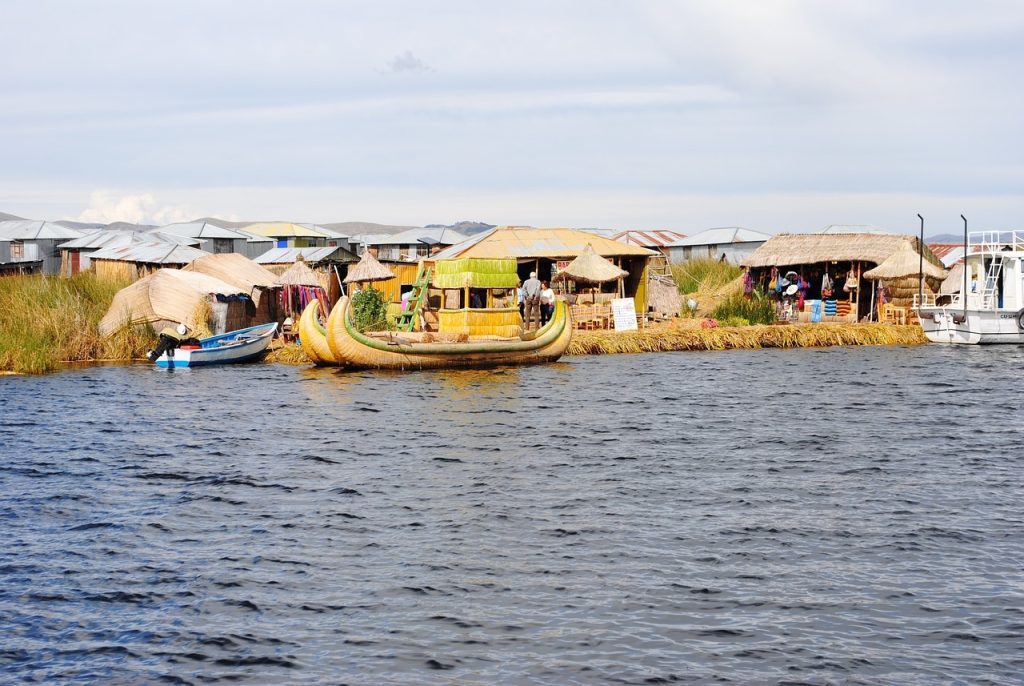
Where should I stay when visiting Lake Titicaca?
If you prefer the comfort and privacy of a hotel, there are some very good hotels in Puno to fit all budgets. Also, in the region of Lake Titicaca (outside of the city) the homestays in rural local communities are an excellent experience. Local host families offer accommodation and provide meals for their guests. These cultural exchange experiences have left touching and long-lasting memories for travelers.
Best Adventure on the lake for someone trying to get off the beaten track?
- Multiday kayaking activity to Taquile island and camping
- Hiking in the peninsula of Chucuito visiting rural communities and encountering local weavers
- Visiting remote communities which are not on the tourism map. Where local people can take you around for an authentic discovery of the reality of living in the highlands.
- Book a variety of custom trips in Cusco and beyond here at Orange Nation Peru
